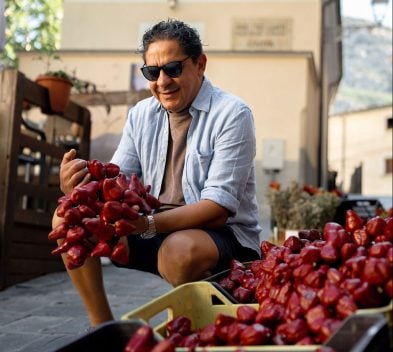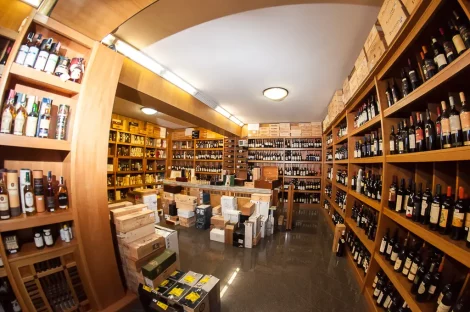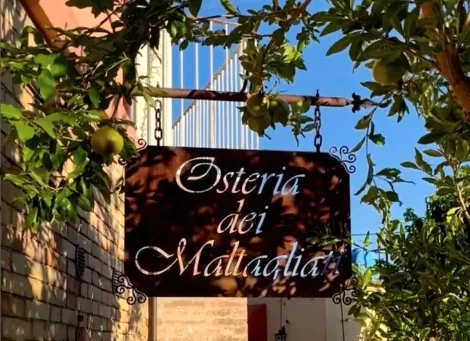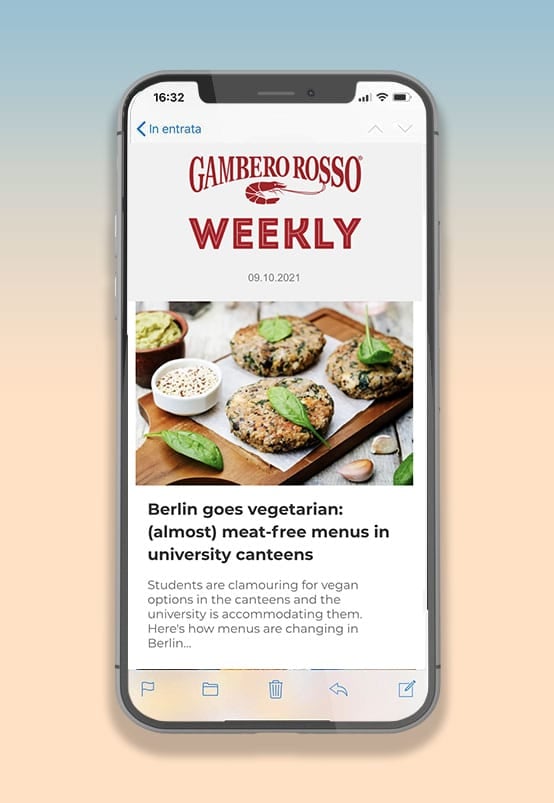By day, he’s a professor of criminal procedure at the University of Teramo and Roma Tre, in his spare time, a passionate explorer of international cuisine venues. Marco Pittiruti has been taking notes for ten years in a little notebook on all the restaurants serving food from around the world in Rome: Chinese, Filipino, Bengali, Greek, Japanese, French, American, Indian. Nothing is missing. “The idea was born first of all from my passion for world cuisine, and then from my curiosity to visit many places,” explains Pittiruti, who, beyond his passion, also launched a personal challenge: “For as long as I can remember, I noticed that many foreign restaurants were closing, and the owners confided in me that they didn’t have enough customers and felt like victims of a prejudice: for many, ‘ethnic’ means rundown. At that point, I thought of starting to promote these places selflessly, to help people discover spots that deserve to be known, according to my personal taste.”
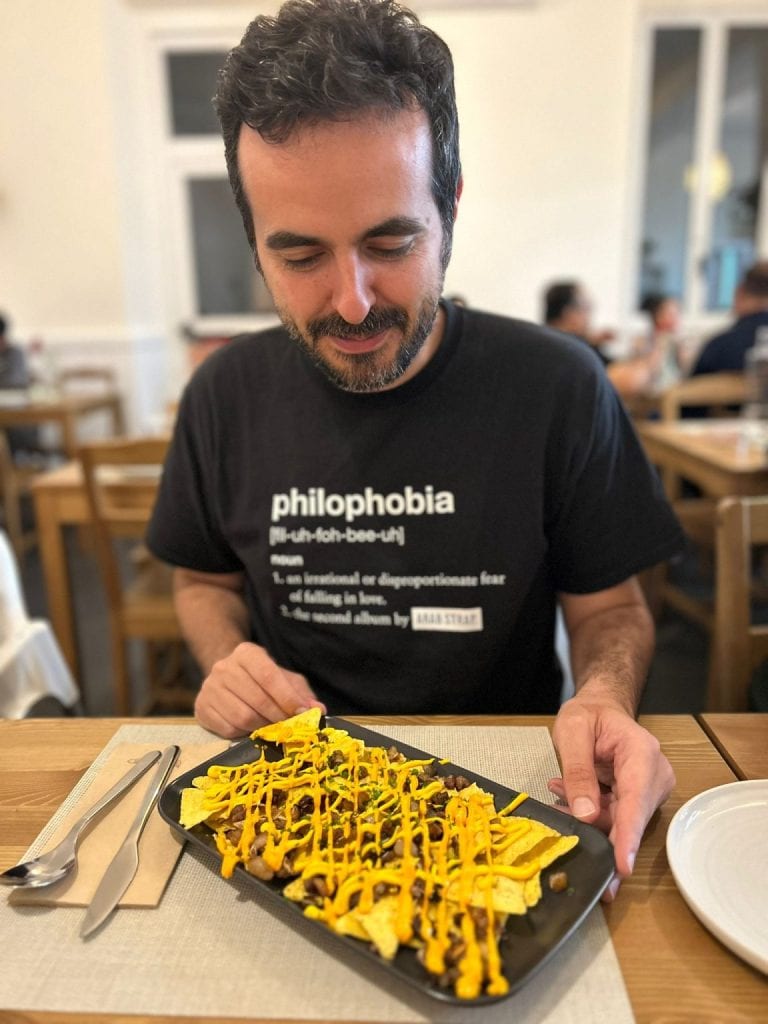
Over time, technology took over, and the step from handwritten notes to a Google map was a short one. After a period of weekly updates in a simple Word file, he started compiling a public digital map that gradually became a small treasure trove of recommendations (“Authentic Ethnic Spots in Rome”). Currently, the listed places number 256, each accompanied by a short caption describing the atmosphere and what’s on offer, but the work isn’t done yet, and the list of spots to try is just as long. As of January 2024, more than 10,000 people have viewed the map—and who knows how many have followed Marco Pittiruti’s advice.
An interactive map of world cuisine spots
The first selection criterion is authenticity: “I highlight small places, not well-known ones. I’ve always looked for somewhere unique, offering home-style food as true as possible to the cuisine of origin, not following trends—so no fusion, no fads, just real, local food,” he says. The map is a classic Google Maps layout, with pin-shaped markers indicating the locations. On the left side of the map appears a breakdown by geographical area – Middle East, Central and South America and the Caribbean, Indian Subcontinent – with a list of all the listed restaurants. By clicking on the relevant pin, a panel opens on the left with the restaurant’s name, a brief review, and address with contact details.
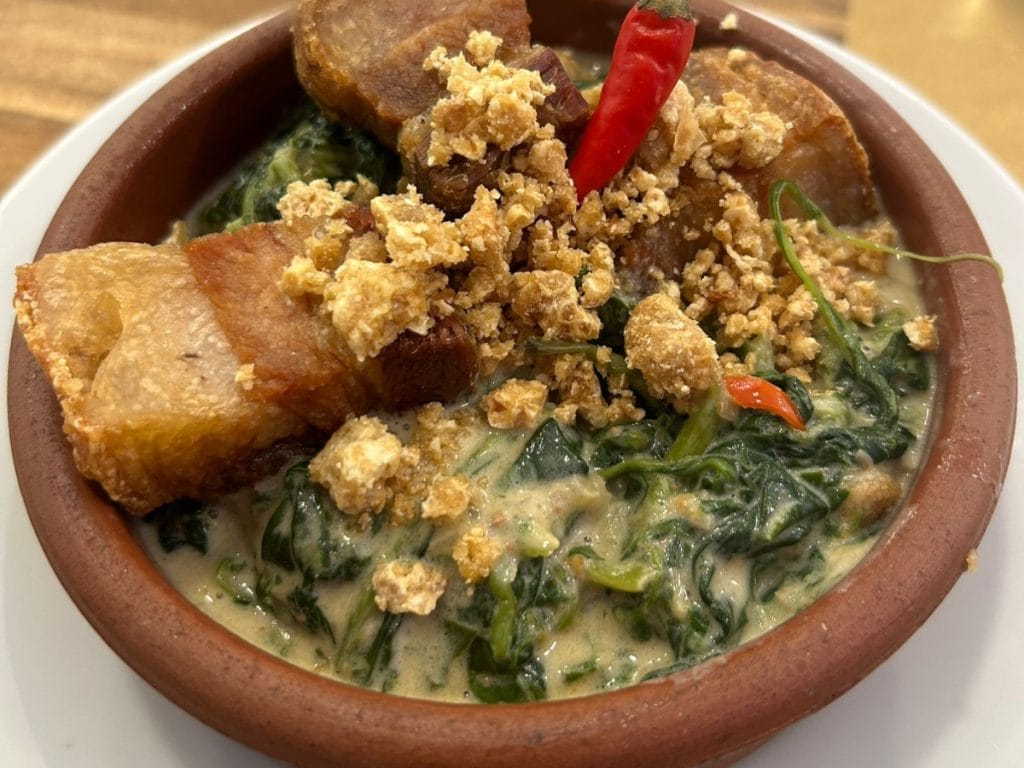
Laing (Filipino dish) by Tali N Tiago
Restaurant visits
Each place is visited a couple of times before being added to the map. His method for finding new spots is meticulous: “I monitor social media, on Google Maps I browse the streets in areas I know to be promising, where there might be new openings, and I check food delivery platforms for novelties,” explains Pittiruti, who describes it as “almost a job: when I have time, in the evening I sit down to search, maybe I even start from dish names and type them into Google, and a list of places comes up that serve that exact dish.”
He goes solo, especially for lunchtime visits when he checks out more modest places like fast food joints. For proper restaurants, he organises dinners with friends. How many places does he visit? Two or three a week. He walks in, sits down, eats, chats with the owner to understand the place’s story, and one of his rituals is to order the house specialty, the must-try dish from the chef.
The most underrated cuisines
The most underrated cuisines, according to Pittiruti, are Filipino and Bengali. Among his favourites are Ethiopian and Eritrean. Where to try them? At “Mrgda”, which has two branches—one on Via Prenestina, the other in Pigneto. Korean cuisine is hugely popular, recommended at “Gainn” and “Midam”. “Indian fast food ‘Saravanaa Bhavan’ is also gaining traction—it’s a global chain I recommend trying.” For the curious: “Famous are the Georgian khinkali, large dumplings eaten by hand—you bite into the filling and then suck out the broth. Also becoming known and in demand is a Chinese dish, Sichuan’s Malatang, a build-your-own soup where the diner, not the chef, chooses the ingredients.” Other Chinese restaurants? “One Restaurant” with its Chinese bistro concept, and “Hao Hao Chi”.

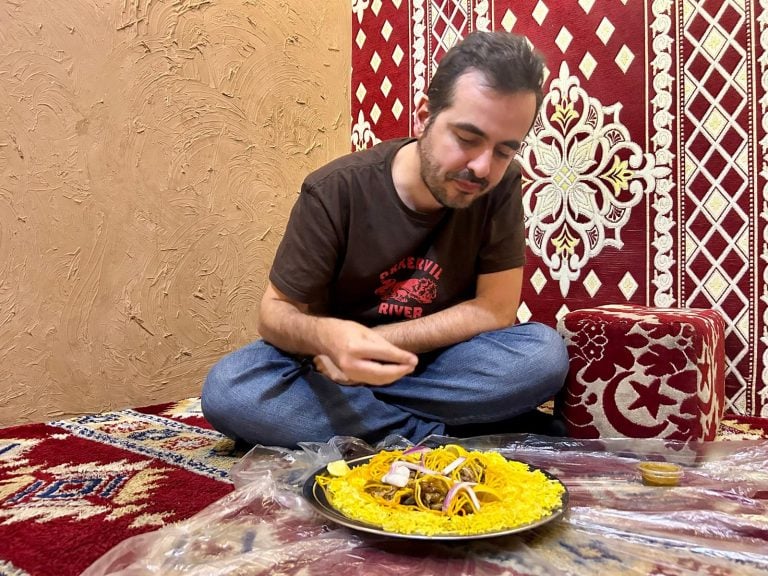
 The social media star resurrecting Italy's forgotten culinary classics
The social media star resurrecting Italy's forgotten culinary classics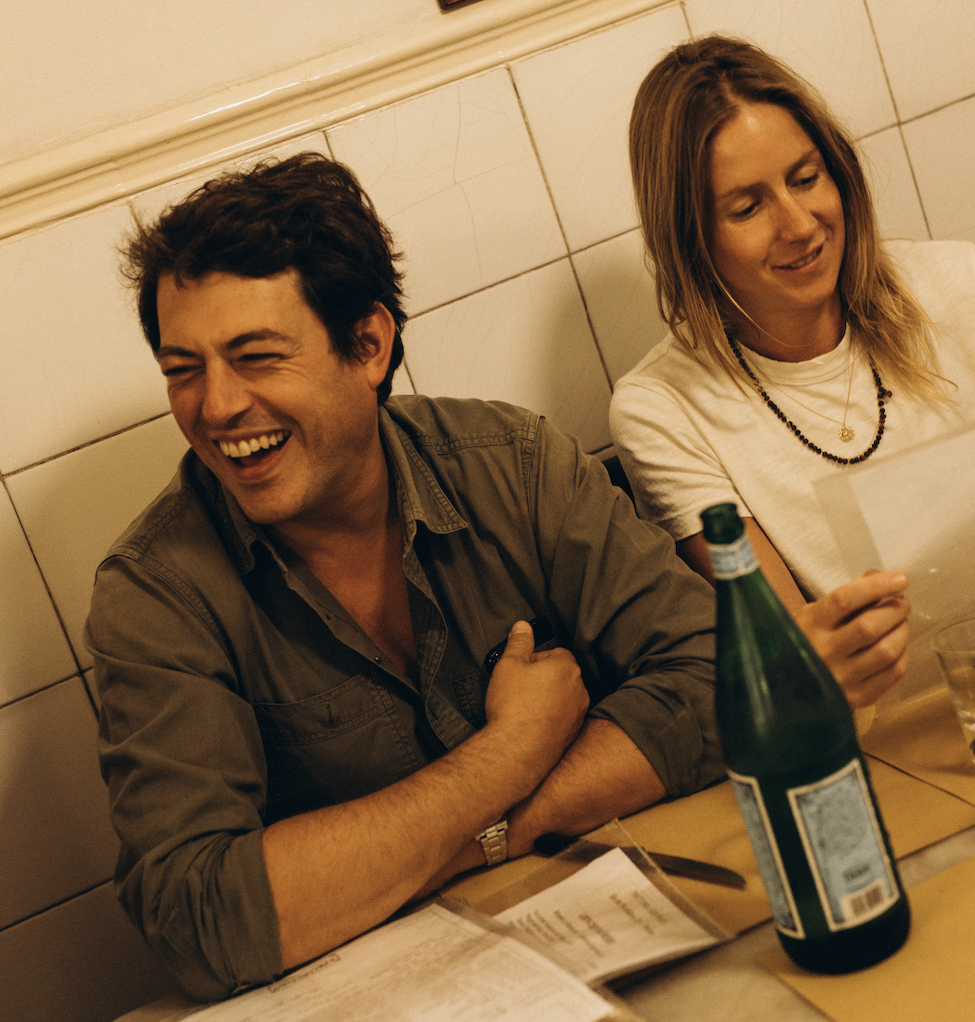 Giovanni Mazzei brings a taste of Florence to London
Giovanni Mazzei brings a taste of Florence to London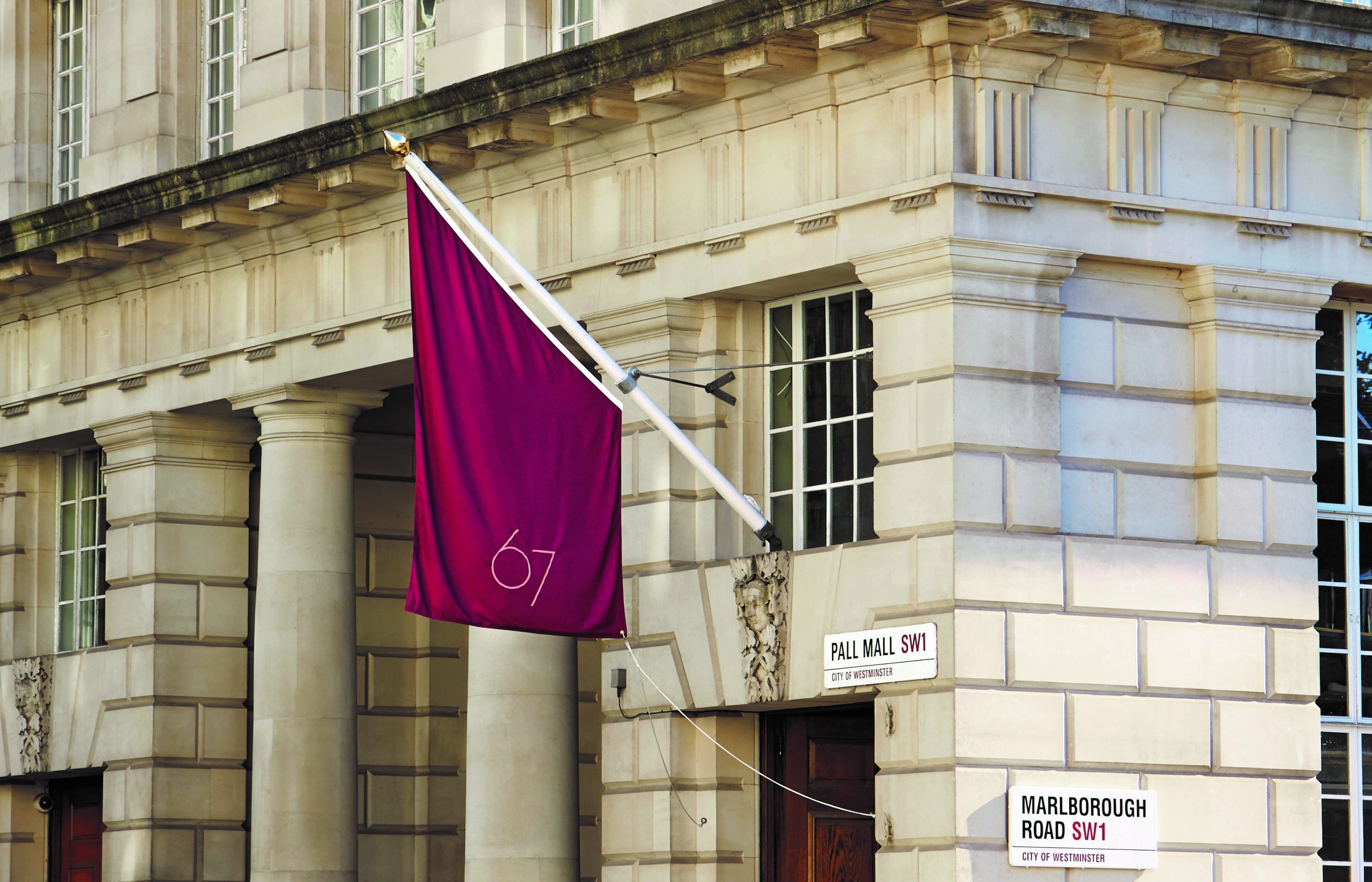 Burgundy dominates but Italy is rising: a look at London's fine wine trends
Burgundy dominates but Italy is rising: a look at London's fine wine trends Costco Prosecco recalled over exploding bottle fears
Costco Prosecco recalled over exploding bottle fears The Consorzio Vino Chianti heads to Brazil: “An attentive public and a dynamic market”
The Consorzio Vino Chianti heads to Brazil: “An attentive public and a dynamic market”